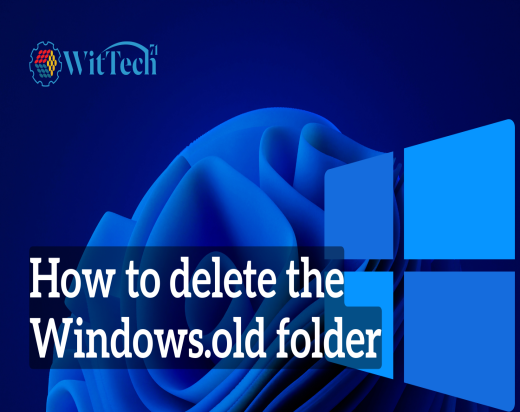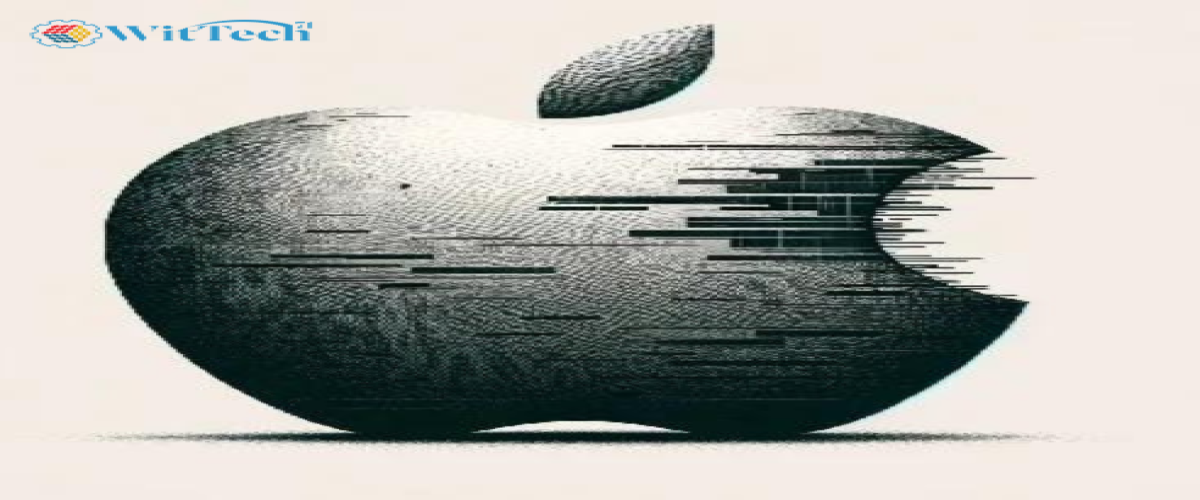How to delete the Windows.old folder
If you’ve recently upgraded to a new version of Windows 10, you may have noticed a small “Windows.old" folder in your desktop. This can be annoying, as it leaves files that were previously open on the old versions of Windows behind. But don’t worry, I’m here to help! In this article we’ll explore why you need to delete these folders and how to do so. So let’s dive right in!
Why Is A Window.Old File Needed?
If you’re not sure where to start deleting these files, you can find them in any location on your PC. However, if you’re looking for more information about why you should clean up these folders first, check out my blog post below:
How Do You Clean Up An Old Windows Installation?
There are several ways to clean up an older installation of Windows: cleaning the registry (more info below), clearing cache(more info below), erasing files(more info below), or even just changing your password. Regardless of what method you choose, you can’t get rid of those old files. Nevertheless, you might try the following:
Clear Registry Files
You can use a tool like RegCleaner to remove all of your registry entries (more information below). It is free to download and doesn’t require any additional installation. Just enter a few lines of code in the command prompt and click the Start button. Then select All Programs > Add-Appx > Click Registry Tools > Clear Registry
Erase All Temporary Files
You can also clear temporary files, such as temporary internet files and system files. You can either add another user account (more details below) or copy everything into your Documents folder and then run WinDirStat to see what folders are present and what their contents are.
Delete Cache
You can also delete caches you created manually by going to Settings > Advanced > Select Your Apps > View > Browse, and then selecting Managed apps > Uninstall Cached App > OK.
Delete Temporary Internet Files
You can also delete all your temp internet files, but first make sure your computer has enough storage space available. Simply go into Control Panel > Storage > Select a Drive > Right-click and drag the option to Remove disk from your list. There is no guarantee that you will successfully delete everything on your drive, but at least you can stop worrying about whether you have space left in your hard drive.
Delete System Files
You can also uninstall the following system files:
System Registry
The system registry is a directory on your desktop. You can access it using the Windows key + R (or simply type %Windows% and hit Enter). From there, navigate to the bottom of the list and hit the “+R” shortcut. Then type “%System%” (or hit Ctrl+R) and hit ENTER.
Local Hard Disk Drives
You can also access the local hard drive through the Command Prompt, which opens up a text editor. Open it and locate the location where your program files are stored. Right-click the file name and select Properties > Format > Create New File, then paste the relevant path into the box beside it. When prompted, select Copy only, then save changes.
If you want to create a backup of all your programs before removing them, you can do so by opening Task Manager > Applications > Accessories > Registry and navigating to the location where you wish to back up your programs. Right-click each folder in the Registry and select Rename or Move. Then select Done, then press F4. Finally, click Save and confirm the deletion. It will take a few moments to finish, but once done, you will have two backups, one for each app.
What If My Windows User Account Isn't Exited In Time Or Has Been Deleted?
If you find yourself with a problem like this, you’ll need to know where your users are located. Fortunately, Microsoft makes it pretty simple to connect your computer to cloud storage sites like Google Drive, OneDrive, Dropbox, and others, and then log in via a web browser, rather than logging in through a regular login process. For example, you can set up your email address to automatically log into your Google Drive account and sign in whenever you want.
If you have multiple accounts and your personal ones aren't signed in, then check out our guide on making sure your user account is signed in. Also, if you have a domain but still don’t have a username and password, look into signing domains using Domains.com instead.





Comments